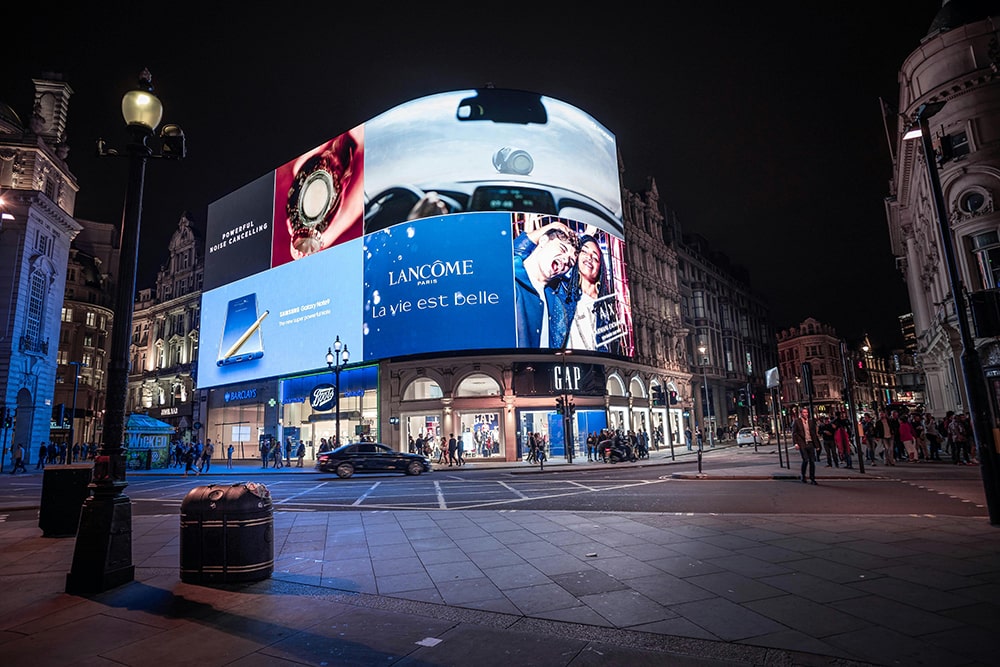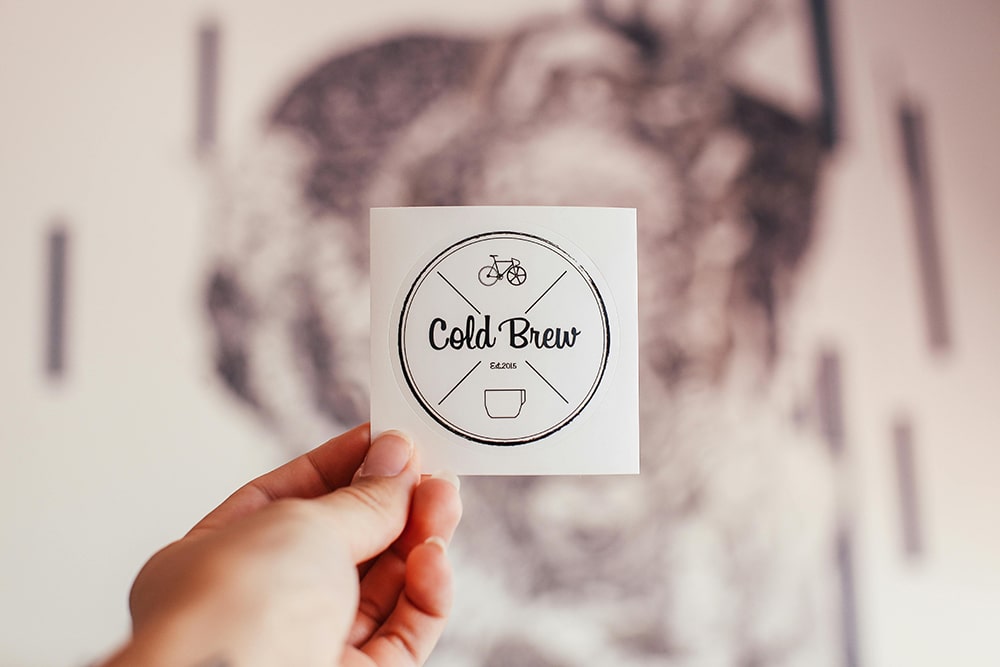


A logo is more than just a visual mark; it’s the face of your brand. It’s what people first notice and what they remember long after interacting with your business. But what makes a logo truly effective? To stand out in today’s competitive market, a logo must excel in four key areas: Attention, Response, Meaning, and Memory. Let’s dive into these four pillars and explore how they contribute to creating a logo that resonates.

In a world where consumers are bombarded with thousands of visual messages daily, grabbing attention is the first and most crucial step. An effective logo must catch the eye immediately, whether it’s on a billboard, a website, or a product package. But attention isn’t just about being flashy—it’s about being distinctive.
- Simplicity Is Key: A logo doesn’t need to be complicated to stand out. The most iconic logos—like Nike’s swoosh or Apple’s apple—are simple, yet powerful. Simplicity aids recognition and ensures that the logo is easily identifiable, even at a glance.
- Bold Design Choices: Unique shapes, vibrant colors, and clear typography can all help a logo capture attention. But these elements should be used strategically, reflecting the brand’s identity and ensuring that the logo is not just eye-catching but also appropriate for its audience.

Once a logo grabs attention, it must evoke a response. This response is often emotional and can significantly influence how consumers perceive a brand. The right logo can build trust, excitement, or even a sense of familiarity, all of which are vital for brand loyalty.
- Emotional Connection: Colors play a significant role in evoking emotions. For example, blue often conveys trust and professionalism, while red can evoke excitement and passion. Understanding color psychology and how different design elements influence emotions is crucial in creating a logo that resonates with your target audience.
- Brand Alignment: The emotions evoked by your logo should align with your brand’s personality. A tech startup might opt for a sleek, modern design that conveys innovation, while a children’s brand might choose playful, vibrant elements to evoke joy and creativity. The goal is to ensure that the audience’s emotional response aligns with what the brand stands for.

An effective logo isn’t just a pretty picture—it’s a visual representation of your brand’s story, values, and mission. Every element of the logo, from the color palette to the typography, should communicate something meaningful about the brand.
- Symbolism and Storytelling: The best logos often have layers of meaning. Take Amazon’s logo, for example. The arrow pointing from A to Z isn’t just a design flourish—it symbolizes the company’s commitment to offering everything from A to Z. This kind of symbolism can turn a simple logo into a powerful storytelling tool.
- Reflecting Brand Identity: Your logo should reflect who you are as a brand. Whether it’s through abstract symbols, typography, or color choices, the design should embody your brand’s essence and communicate it effectively to your audience. A well-designed logo serves as a shorthand for your brand’s identity, instantly conveying its core values.

Finally, a great logo is one that people remember. In today’s fast-paced world, where attention spans are short, creating a logo that sticks is essential. Memorability is what ensures that your brand stays top-of-mind with consumers long after they’ve seen your logo.
- Simplicity and Uniqueness: A memorable logo is often simple and unique. Complex logos with too many elements can be difficult to recall, while a clean, distinctive design is more likely to be remembered. Think of how easily recognizable logos like McDonald’s golden arches or Coca-Cola’s cursive script are—they’re simple but unforgettable.
- Timeless Design: Trends come and go, but an effective logo is designed to last. A timeless logo remains relevant and recognizable even as your brand evolves. Avoid overly trendy design elements that may date quickly; instead, focus on creating a logo that will stand the test of time.

An effective logo is a vital asset for any brand. By focusing on attention, response, meaning, and memory, you can create a logo that not only captures your audience’s interest but also fosters a deep connection and leaves a lasting impression. When these four elements work together, your logo becomes more than just a mark—it becomes a powerful symbol of your brand’s identity and values, helping you stand out in a crowded marketplace and build a lasting relationship with your audience.
Leave a Reply